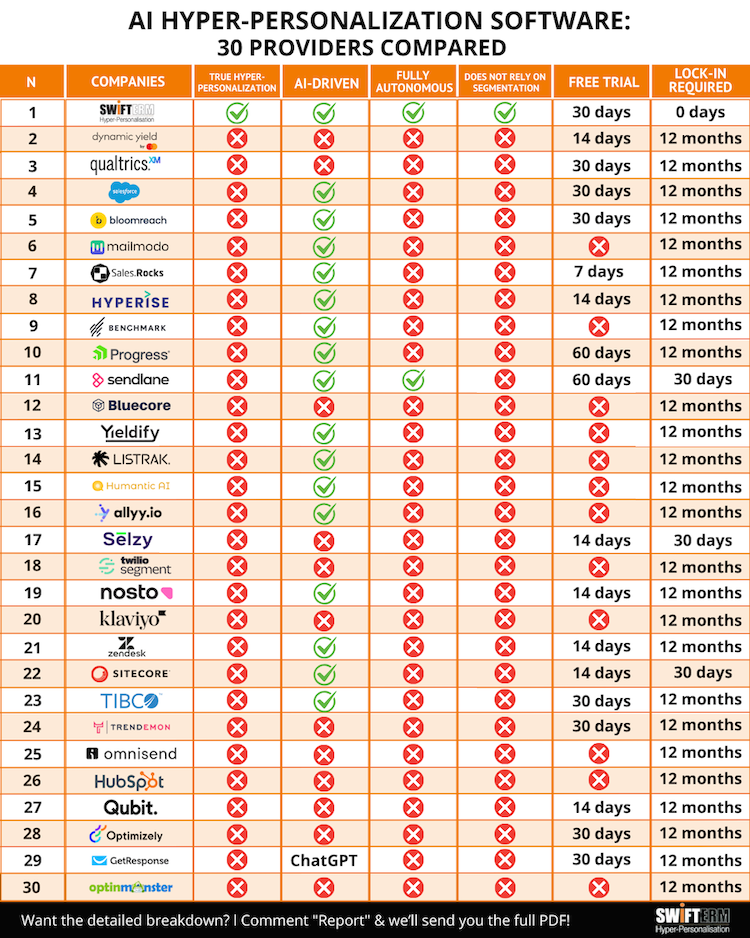While both hyper-personalisation and segmentation are critical strategies in email marketing, they represent different approaches to delivering tailored content to consumers. Understanding the distinction between these two concepts and their respective benefits can help businesses leverage email marketing more effectively to achieve greater returns.
Definition and Approach
Segmentation involves dividing an audience into distinct groups based on shared characteristics such as demographics, behaviour, interests, or purchase history. The primary goal of segmentation is to create more relevant messaging for these groups, optimising engagement. For instance, a retailer may segment their email list based on geographic location, sending promotions for winter coats to customers in colder regions while offering summer gear to those in warmer climates.
On the other hand, hyper-personalisation takes segmentation a step further by using advanced data analytics and machine learning to deliver ultra-targeted content tailored to individual preferences and behaviour in real time. Instead of merely recognising the broader category to which a customer belongs, hyper-personalisation utilises a wealth of data from multiple touchpoints to create truly individualised experiences. This may include personalised product recommendations based on browsing history, real-time content updates based on user behaviour, or personalised messaging that reflects previous interactions with the brand.
Greater Returns on Investment The differences between segmentation and hyper-personalisation lead to significant variations in their potential impact on returns on investment (ROI) in email marketing. Here are a few key points highlighting how hyper-personalisation fosters greater returns:
Deeper Engagement: Hyper-personalisation has been shown to drive higher engagement rates than standard segmentation. When emails resonate on a more personal level—reflecting individual preferences and past behaviour—customers are more likely to open, read, and act on them. According to a report by Adobe, personalised emails can generate six times higher transaction rates compared to non-personalised emails. This increase in engagement translates directly to better performance and higher returns.
Increased Conversion Rates
When marketing content is tailored to address individual needs and pain points, conversion rates soar. Hyper-personalised emails can capture the essence of what a customer wants or needs at the moment, leading to higher purchase likelihood. Research by eMarketer indicates that businesses leveraging hyper-personalisation achieve conversion rates up to 10 times higher than those relying solely on traditional segmentation strategies.
Enhanced Customer Loyalty and Retention: Customers appreciate being recognised as individuals rather than just members of a larger group. Hyper-personalisation creates a sense of connection and loyalty that fosters long-term relationships. According to Salesforce, 70% of consumers say that a company’s understanding of their personal needs influences their loyalty. Increased customer loyalty can lead to higher repeat purchase rates and increased customer lifetime value (CLV)—key metrics that directly impact ROI.
Reduced Marketing Costs
While hyper-personalisation may require upfront investment in data analytics and technology, it often leads to reduced costs per acquisition in the long run. By targeting the right individuals with the right messages, brands can minimize wasted resources on delivering irrelevant content that may not result in conversions. This efficiency can lead to greater overall returns on marketing spend.
Adaptive Communication
Hyper-personalisation allows brands to adapt communications in real-time based on immediate customer behaviour. For example, if a customer clicks on a specific product in an email but doesn’t purchase, they can automatically receive follow-up emails that include additional personalised content related to that product, such as reviews, related items, or special offers. This continuous refinement of messaging based on live interactions can significantly boost conversion opportunities and ROI.
Conclusion
In summary, while segmentation serves as a foundational tactic for tailoring email marketing efforts, hyper-personalisation elevates the experience to an entirely new level. By leveraging in-depth insights to deliver individual-specific experiences, hyper-personalisation not only enhances customer engagement but also drives increased conversion rates, fosters deeper loyalty, and generates better returns on investment. As brands seek to navigate an increasingly competitive marketplace, embracing the power of hyper-personalisation in their email marketing strategies will undoubtedly yield greater success and sustainable growth.

For the distinction of “True hyper-personalisation” see: https://swifterm.com/distinctions-between-hyper-personalisation-software/





